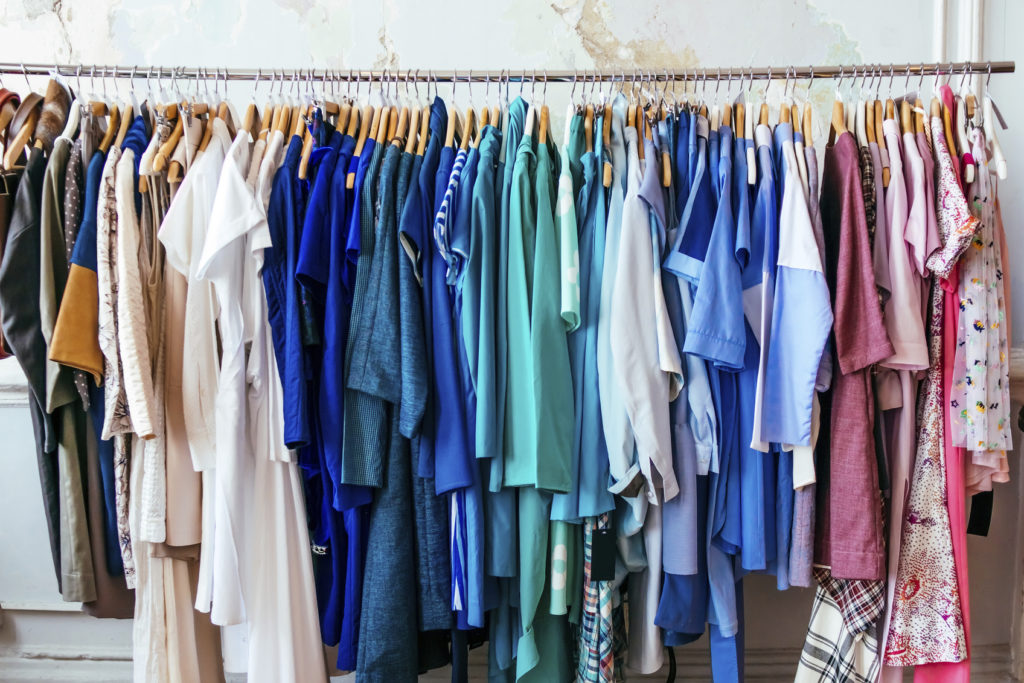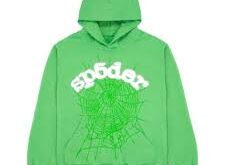Fashion is an ever-evolving field that reflects the society in which it exists. Over the centuries, fashion has transitioned from practical garments to a powerful means of self-expression and cultural commentary. In the 21st century, fashion has reached new heights of innovation and inclusivity, shaped by various global and technological influences. “Trendsetters’ Haven: Redefining Style in the World of Fashion & Apparel” explores this dynamic landscape, highlighting the trends, icons, and innovations that are shaping the future of fashion.

The Evolution of Fashion
Historical Perspective
Fashion has been a defining element of human civilization for millennia. From the elaborate robes of ancient Egypt to the tailored suits of the 20th century, clothing has always been more than a mere necessity; it is a reflection of societal values and technological advancements. The Renaissance period, for example, introduced a level of luxury and sophistication that influenced European fashion for centuries.
Modern Influences
In the contemporary world, fashion is influenced by a myriad of factors including globalization, social media, and technological advancements. The rise of digital platforms has democratized fashion, allowing trends to spread faster and more widely than ever before. This has led to a fusion of styles from various cultures, creating a rich tapestry of global fashion influences.
Key Fashion Trends of the 21st Century
Sustainable Fashion
As awareness of environmental issues grows, sustainable fashion has become a critical trend. Brands are now focusing on reducing their carbon footprint by using eco-friendly materials, ethical production processes, and promoting recycling and upcycling. This shift is not just a trend but a necessity for the future of fashion.
Quote
“Fashion serves as the armor we need to navigate the challenges of daily life.” – Bill Cunningham
Tech-Enhanced Apparel
Technology has revolutionized the fashion industry, from smart fabrics that regulate body temperature to augmented reality fitting rooms. Innovations such as 3D printing and fabric sensors are creating opportunities for customization and functionality that were previously unimaginable.
Minimalism vs. Maximalism
The fashion world is experiencing a clash between minimalism and maximalism. Minimalism emphasizes clean lines, neutral colors, and simplicity, while maximalism embraces bold patterns, vibrant colors, and eclectic styles. This dichotomy reflects a broader cultural tension between simplicity and excess.
Iconic Fashion Figures
Designers Who Shaped the Industry
Designers like Coco Chanel, Yves Saint Laurent, and Giorgio Armani have left an indelible mark on fashion. Chanel’s introduction of the little black dress, Saint Laurent’s creation of modern tuxedos for women, and Armani’s revolution of menswear are just a few examples of how designers have shaped fashion history.
Influencers and Their Impact
In the digital era, influencers have become pivotal in setting and shaping fashion trends.Figures such as Chiara Ferragni and Aimee Song use social media platforms to showcase their styles and collaborate with brands, making them powerful trendsetters in the fashion world.
The Role of Fashion Weeks
Major Fashion Capitals
Fashion weeks in cities like Paris, Milan, New York, and London are pivotal events that set the tone for global fashion trends. These events showcase the latest collections from top designers and offer a glimpse into future trends.
Emerging Trends from Fashion Weeks
Fashion weeks often highlight emerging trends and innovations. Recent seasons have seen a focus on sustainability, with designers showcasing eco-friendly materials and practices. Additionally, the integration of technology into fashion presentations is becoming increasingly common.
The Intersection of Fashion and Technology
Wearable Tech
Wearable technology is transforming the fashion industry by integrating functionality with style. Smartwatches, fitness trackers, and even smart textiles that change color or texture are becoming mainstream, offering consumers both practicality and fashion-forward designs.
Virtual Fashion Shows
The COVID-19 pandemic hastened the shift toward virtual fashion shows. Brands are now utilizing virtual reality and live-streaming to reach global audiences, allowing for more inclusive and innovative presentations of their collections.

Sustainable and Ethical Fashion
The Importance of Sustainability
Sustainability in fashion is essential for minimizing environmental impact. The industry is one of the largest polluters globally, and sustainable practices are essential for mitigating this effect. Brands are increasingly focusing on transparency, ethical sourcing, and reducing waste.
Quote
“The most significant threat to our planet is the assumption that someone else will take action to save it.” – Robert Swan
Brands Leading the Change
Numerous brands are leading the charge in the sustainable fashion movement. Patagonia, Stella McCartney, and Reformation are examples of companies that are making significant strides in reducing their environmental footprint and promoting ethical practices.
Fashion and Cultural Identity
Global Influences
Fashion is a reflection of cultural diversity and global influences. Designers often draw inspiration from various cultures, leading to a rich and diverse fashion landscape. However, this also raises issues of cultural appropriation, where elements of one culture are used without proper understanding or respect.
Cultural Appropriation vs. Appreciation
Understanding the difference between cultural appropriation and appreciation is vital. While appropriation involves the exploitation of cultural symbols without acknowledgment, appreciation involves a respectful and informed engagement with different cultures.
How to Define Your Own Style
Understanding Personal Style
Defining your own style involves understanding your preferences, body type, and lifestyle. Personal style is a reflection of who you are and can be developed through experimentation and self-awareness.
Building a Versatile Wardrobe
A versatile wardrobe consists of timeless pieces that can be mixed and matched to create various looks. Investing in quality basics and incorporating statement pieces can help you build a wardrobe that reflects your personal style while remaining functional.
FAQs
What are some key fashion trends for 2024?
Key fashion trends for 2024 include a focus on sustainable materials, the integration of wearable technology, and a resurgence of bold, eclectic styles. The trend toward personalized fashion experiences and virtual fashion shows is also expected to continue.
How can I build a sustainable wardrobe?
To build a sustainable wardrobe, start by investing in high-quality, timeless pieces that will last longer. Choose brands that prioritize ethical and eco-friendly practices, and consider buying second-hand or vintage clothing. Additionally, practicing proper garment care and repair can extend the life of your clothes.
Who are some influential fashion designers today?
Some influential fashion designers today include Virgil Abloh, who has made waves with his brand Off-White, and Gabriela Hearst, known for her commitment to sustainability. Other notable designers include Alessandro Michele of Gucci and Maria Grazia Chiuri of Dior.
What role do fashion weeks play in the industry?
Fashion weeks are crucial for showcasing new collections, setting trends, and providing a platform for designers to present their work to buyers, media, and the public. They also serve as a space for networking and collaboration within the fashion industry.
How can I find my personal style?
Finding your personal style involves exploring different fashion trends and identifying what resonates with you. Consider your lifestyle, body type, and preferences. Experiment with various looks and build a wardrobe of pieces that make you feel confident and authentic.

Conclusion
Fashion is a dynamic and multifaceted industry that continues to evolve with each passing year. “Trendsetters’ Haven: Redefining Style in the World of Fashion & Apparel” highlights the significant trends, influential figures, and technological advancements that are shaping the future of fashion. As we move forward, the fusion of sustainability, technology, and personal expression will continue to redefine what it means to be fashionable.



